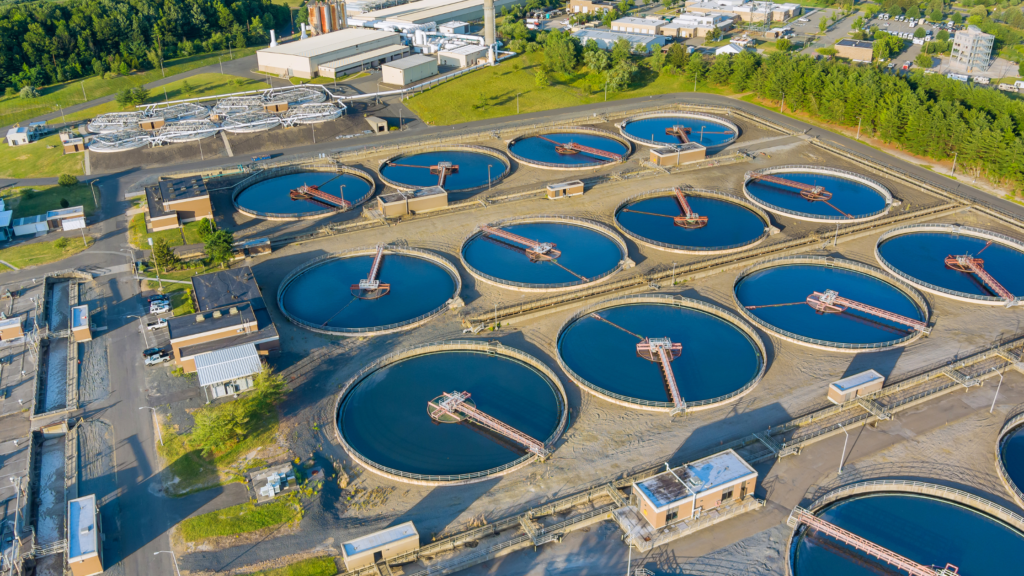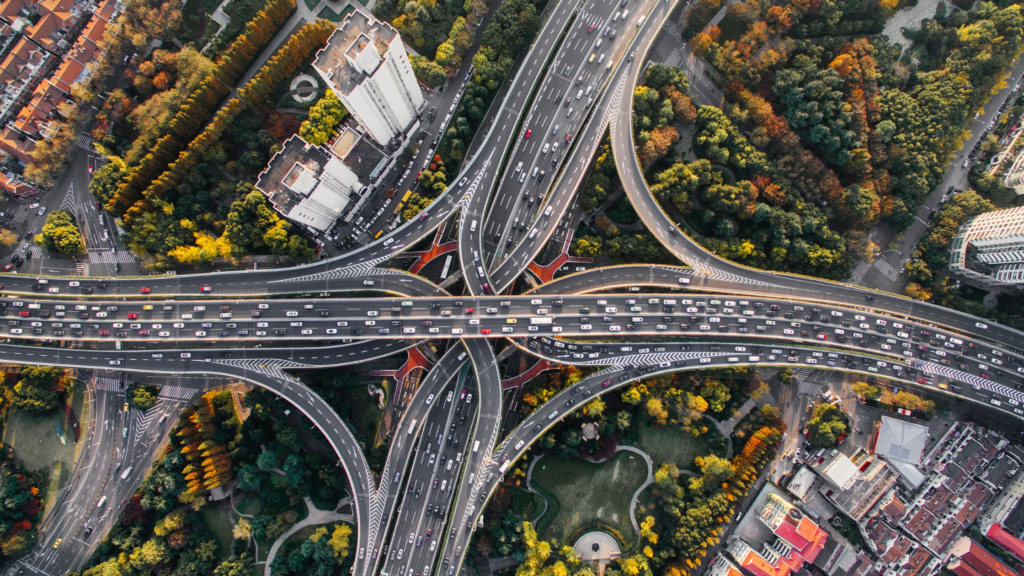Green infrastructure investment is a game-changing approach that’s reshaping our cities and economies. The benefits of it does not only combat climate change but also create jobs, boost property values, and improve public health. This article dives deep into the transformative power of it, unpacking its triple-bottom-line impacts: economic growth that doesn’t come at the expense of the environment, ecological benefits that pay dividends for generations, and social improvements that enhance quality of life for all. We’ll explore cutting-edge examples from around the globe, crunch the numbers on return on investment, and examine how policymakers and investors alike are waking up to the enormous potential of green infrastructure.
Understanding Green Infrastructure

What is Green Infrastructure?
Green infrastructure refers to a network of natural and semi-natural systems that provide environmental, economic, and social benefits. It includes green roofs, urban forests, wetlands, and permeable pavements. Unlike traditional infrastructure, green infrastructure works with nature to manage water, reduce pollution, and enhance urban spaces.
Economic Benefits
Cost Savings and Efficiency
Green infrastructure investments can lead to significant cost savings. For example, green roofs and permeable pavements reduce stormwater runoff, lowering the need for expensive drainage systems. Additionally, it can enhance energy efficiency by providing natural cooling, which reduces the demand for air conditioning and lowers energy bills.
Job Creation and Economic Growth
Investing in green infrastructure can stimulate economic growth and create jobs. The design, installation, and maintenance of these kinds of projects require skilled labor, generating employment opportunities. Furthermore, green spaces can increase property values and attract businesses, contributing to the overall economic vitality of a community.
Environmental Benefits
Climate Change Mitigation
Green infrastructure plays a vital role in mitigating climate change. By absorbing carbon dioxide and other pollutants, green spaces help improve air quality and reduce greenhouse gas emissions. Urban forests and wetlands also act as carbon sinks, storing carbon and offsetting emissions from urban areas.
Water Management and Quality
Effective water management is a key benefit of green infrastructure. Green roofs, rain gardens, and permeable pavements help absorb and filter rainwater, reducing the risk of flooding and improving water quality. These systems also recharge groundwater supplies and reduce the burden on municipal water treatment facilities.
Biodiversity and Habitat Creation
It supports biodiversity by creating habitats for various plant and animal species. Urban green spaces, such as parks and green roofs, provide critical habitats for pollinators, birds, and other wildlife. This enhances urban biodiversity and contributes to the health and resilience of ecosystems.
Social Benefits
Enhanced Public Health
It can significantly improve public health. Access to green spaces promotes physical activity, reduces stress, and improves mental well-being. Additionally, it can reduce urban heat islands, lowering temperatures in cities and decreasing heat-related illnesses.
Community Engagement and Cohesion
Its projects often involve community participation, fostering a sense of ownership and pride. Community gardens, urban parks, and green streetscapes provide spaces for social interaction, strengthening community bonds and enhancing social cohesion.
Challenges and Solutions in Green Infrastructure Investments
Initial Costs and Funding
One of the main challenges in this kind of investment is the initial cost. However, various funding mechanisms, such as public-private partnerships, grants, and green bonds, can help overcome this barrier. Additionally, the long-term savings and benefits of green infrastructure often outweigh the initial expenses.
Maintenance and Management
Effective maintenance and management are crucial for the success of these projects. Developing comprehensive management plans and engaging local communities in maintenance activities can ensure the longevity and effectiveness of its systems.
Policy and Regulatory Support
Supportive policies and regulations are essential for promoting these investments. Governments can incentivize green infrastructure through tax credits, subsidies, and zoning regulations that encourage sustainable development. Collaboration between policymakers, businesses, and communities is vital for creating an enabling environment for it.
Green infrastructure investment is rapidly emerging as a powerhouse strategy for sustainable development, offering a rare win-win-win for the economy, environment, and society. For organizations like Bottom Billion Corporation, it’s smart business that perfectly aligns with their mission to drive economic growth while safeguarding our planet. These projects are also job creators, property value boosters, and public health enhancers. They’re transforming concrete jungles into livable, breathable spaces and turning climate challenges into economic opportunities.
However, realizing the full potential of green infrastructure requires overcoming hurdles like initial costs, policy inertia, and outdated urban planning paradigms. By tackling these challenges head-on through innovative financing models, supportive policies, and public-private partnerships, we can unlock the immense potential of green infrastructure. As we stand at the crossroads of urban development and environmental stewardship, embracing green infrastructure isn’t just a wise investment—it’s our ticket to a sustainable, prosperous future.

